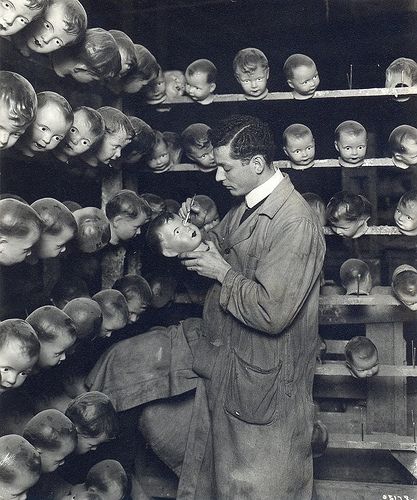An excerpt from Richard C. Lewontin’s just-published New York of Review of Books piece “The New Synthetic Biology: Who Gains?” which looks at recent writing on the field, which will not ultimately be contained by regulation and will be messy:
“In modern times Craig Venter, the head of the J. Craig Venter Institute, announced the creation of a living, functioning, self-reproducing artificial bacterial cell containing a laboratory-produced DNA sequence that, according to Laurie Garrett’s Foreign Affairs essay ‘Biology’s Brave New World,‘ ‘moved, ate, breathed, and replicated itself.’
An element that was not yet present in the early-nineteenth-century interest in the artificial creation of life was the possibility of great financial profit. Biotechnology was still a century and a half in the future. Garrett characterizes Venter not only as the most powerful man in biotechnology but as the richest. The J. Craig Venter Institute has already worked with fuel companies and the pharmaceutical industry to create microorganisms that could produce new fuels and vaccines.
What did concern those in the nineteenth century who imagined the possibility of the artificial creation of life, a concern that is at the core of Shelley’s Frankenstein, is the nemesis that is the inevitable consequence of the creators’ hubris. We now face the same problem on a huge scale. In an interview in 2009, quoted by Garrett, Venter declared, ‘There’s not a single aspect of human life that doesn’t have the potential to be totally transformed by these technologies in the future.’ Not a single aspect! Does that mean he is promising me that I might literally live forever?
Nothing in history suggests that those who control and profit from material production can really be depended upon to devote the needed foresight, creativity, and energy to protect us from the possible negative effects of synthetic biology. In cases where there is a conflict between the immediate and the long-range consequences or between public and private good, how can that conflict be resolved? Can the state be counted on to intervene when a private motivation conflicts with public benefit, and who will intervene when the state itself threatens the safety and general welfare of its citizens? Garrett provides a frightening real-life example.
In 2011 two scientists, one from Erasmus Medical Center in Rotterdam and one from the University of Wisconsin, independently reported that they had turned a bird flu virus, H5N1, which could very occasionally be transmitted from birds to humans, causing their death in about 60 percent of cases, into a strain that could be directly passed easily between laboratory mammals. Were this virus then capable of infecting humans, a catastrophe would occur, judging from the infamous flu epidemic of 1918, which killed more than 50 million people, about 2.5 percent of the world’s population.”
___________________________
Frost-Venter, 2012:

